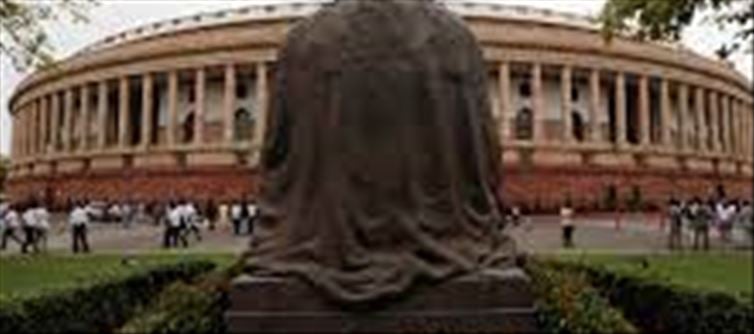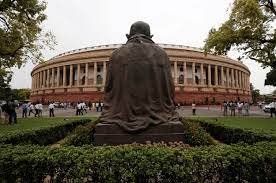
What is no-confidence motion, under which rule it is brought?

The no-confidence motion is used by the opposition to express its lack of confidence in the government. To maintain the confidence, the ruling party has to prove its majority in the house. The government can remain in power as long as it has a majority in the Lok Sabha.No-confidence motion is mentioned in Article 75 of the Constitution. According to this, if the ruling party loses the vote on this proposal, then the entire Council of Ministers, including the Prime Minister, has to resign. Members move a no-confidence motion in the lok sabha under Rule 184 and after approval by the house, it is discussed and voted on.
Brought only in the Lok Sabha
According to Article 75 of the Constitution, the cabinet is collectively responsible to the Lok Sabha. This proposal can be brought only by the opposition and it can be introduced only in the lok sabha, not in the Rajya Sabha. Any party in the parliament can bring a no-confidence motion against the government and the ruling government has to prove its majority to remain in power.
Process of no confidence motion
The motion of no confidence is brought according to the rules of the Lok Sabha. Under the rules 198(1) and 198(5) of the lok sabha, it can be introduced only on the call of the Speaker. The information about bringing it to the house will have to be given in writing to the Secretary General by 10 am.
For this, the support of at least 50 members of the house is required. If the motion is passed, the President sets aside one or more days for discussion. The President can also ask the government to prove its majority. If the government is unable to do so, then the cabinet will have to resign, otherwise it will be dismissed.




 click and follow Indiaherald WhatsApp channel
click and follow Indiaherald WhatsApp channel